Author, Gambling, Writing
The High Stakes of Card Counting: How a Real-Life Trick Became Fictional Gold
Card counting is a strategy used in blackjack to determine whether the next hand is likely to give an advantage to the player or the dealer.
Hello, fellow story seekers and blackjack enthusiasts! I’m coming at you with some fresh excitement about my upcoming release, a novel that’s bound to raise the stakes in more ways than one. High Stakes (yes, I’m going there with the title) is a thrilling ride that dives deep into the world of blackjack, casinos, and—of course—card counting.
Now, before you picture a high-stakes gambling scene straight out of a Vegas movie, let’s take a step back and look at where all this card-counting drama started. It’s not just a plot device for thriller authors like me; it’s a real-world trick that’s been around for decades. And trust me, it’s just as mind-boggling as it sounds.
Card Counting 101: The Lowdown
Card counting is a strategy used in blackjack to determine whether the next hand is likely to give an advantage to the player or the dealer. Sounds pretty sneaky, right? And that’s because it is. The basic concept involves keeping track of the ratio of high to low cards left in the deck, which tells you if you’re likely to be dealt a favorable hand or not.
But here’s the kicker: it’s not technically illegal to count cards. It’s more like a “don’t get caught” scenario. Casino security will definitely kick you out, maybe even blacklist you, but unless you’re doing something overtly shady (like using a computer or team methods), you’re mostly safe. It’s like using your own brainpower to level the playing field—a little mental math that can sometimes outsmart the house.
The first mention of card counting was in the 1960s, thanks to an MIT professor named Edward O. Thorp. He wrote Beat the Dealer (a pretty iconic title, right?), which outlined how card counting could be used to actually turn the tables on casinos. This book is like the Bible for any self-respecting blackjack player. It’s where the idea really took off, and let’s just say, the casinos didn’t love it.
The MIT Blackjack Team: The Real-Life Fiction
Let’s fast forward to the late ’80s and early ’90s when the MIT Blackjack Team made headlines. If you haven’t heard of them, you might have seen the movie 21 (yeah, I know, Hollywood does love to romanticize the whole thing). This group of students and alumni from the Massachusetts Institute of Technology decided to put Thorp’s theories to the test in real-life casinos.
They used a combination of card counting, teamwork, and a little bit of hidden surveillance to rake in millions of dollars. It wasn’t just one person counting cards. It was a full-on operation, with “spotters” watching for favorable decks and “big players” who would place the bets when the odds were in their favor. They used code words, subtle signals, and teamwork that even the most high-tech casinos couldn’t detect at first.
Eventually, the casinos caught on. But by that time, the MIT team had made a fortune. It was like a casino thriller unfolding in real time. A few of the players even wrote books about their experiences (check out Bringing Down the House by Ben Mezrich), cementing their place in history and making a ton of money along the way.
But don’t get too excited. That story is more about cleverness than chaos. The truth is, casinos didn’t take kindly to the MIT team’s success, and now they’ve upped their game with tech, better surveillance, and faster response times. Card counters these days don’t have it quite as easy. But hey, who said writing a thrilling story about it was going to be easy either?
Card Counting in Fiction: The Gamble
Now, let’s talk about how this whole card-counting thing gets used in fiction. After all, I’m not just writing this newsletter to share random casino facts. We’re here to talk about how authors have taken this real-life technique and turned it into the plot-fuel for some seriously gripping stories.
Card counting in fiction isn’t just about counting cards; it’s about the mental gymnastics and the high-stakes drama that comes with it. Think about it: the player’s facing down a dealer, surrounded by the flickering lights of the casino, the tension thick in the air. Meanwhile, they’ve got to keep track of the deck, stay calm, and, let’s face it, outsmart the house. It’s a recipe for suspense, and let me tell you, it’s a goldmine for any author with a bit of a thirst for excitement.
The use of card counting in fiction really hit its stride in the 90s and 2000s. Casino Royale by Ian Fleming, while not technically about card counting, brought the thrill of high-stakes casino gambling to the mainstream. And of course, we can’t forget about 21, the movie based on Ben Mezrich’s book. It’s a thrilling ride, combining the science of card counting with the adrenaline of the casino scene.
In my own upcoming book, High Stakes, I’m diving deep into the world of blackjack. I’m not just giving you the “how” of card counting, but I’m also playing with the “why.” What drives people to take such massive risks? What makes them willing to put it all on the line for the thrill of a hand? It’s not just about math; it’s about what’s at stake for the characters. The money, the power, the danger—it’s all part of the narrative.
The Takeaway: What Makes Card Counting So Compelling?
So, why do we keep coming back to card counting in fiction? Why does it captivate us? It’s simple. It’s the blend of skill and luck, the rush of outsmarting a system that’s supposed to be unbeatable, and the tension of always being just one bad hand away from losing it all.
Whether it’s the true stories of teams like MIT’s, the fictional high stakes of novels and movies, or the adrenaline-pumping plot of High Stakes, card counting is a way to explore the human need to cheat fate. To beat the odds. To gamble everything for a chance at something greater.
And let me tell you—this upcoming novel of mine? It’s packed with just that kind of edge-of-your-seat tension. You’ll have to decide: is it worth it to risk it all? Or is the price too steep?
So, if you’re ready to test your luck and dive into a world of cards, casinos, and questionable decisions, stay tuned for High Stakes—coming soon to a bookshelf near you.
Until next time, may the odds be ever in your favor (unless you’re at my blackjack table, in which case, you better watch out).
About Leif J. Erickson
Leif J. Erickson is a science fiction and fantasy author from a small farming community in west central Minnesota. Using his time wisely when he was a farmer, Leif developed many ideas, characters, and storylines to create over fifty unique first drafts and outlines for stories. From his start in a small town school, to college at North Dakota State University, back to his family farm, then to the bright lights of Minneapolis, Minnesota, and back to his small farming town, Leif has always had a love of writing.
When Leif isn’t writing he can be found with his wife hiking in state parks, canoeing local lakes and rivers, exploring local and regional ghost towns, experiencing museums, or simply reading or hanging out with friends and family. Leif draws on the local nature and ecology to find inspiration for his writing while he also asks what’s possible for technology and the human race, weaving them together for amazing stories that will stay with the reader for years to come. Leif looks forward to having many novel and story releases in the years to come.
You can see all of Leif’s Books here: Leif’s Amazon Author Page

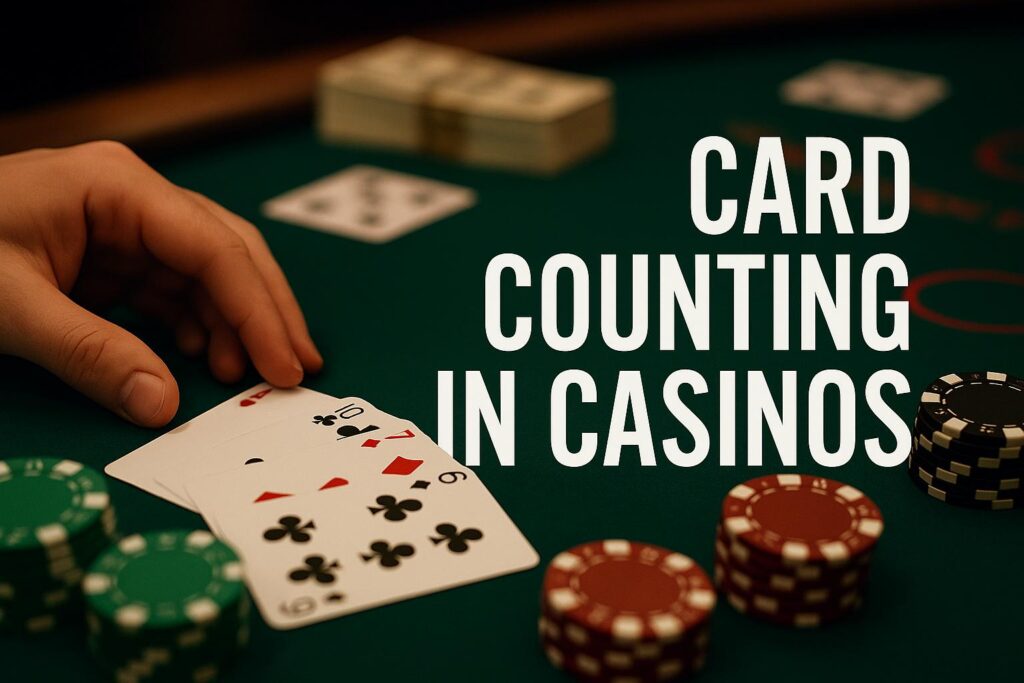





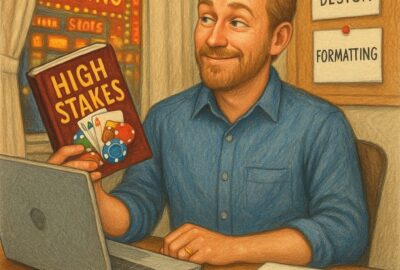




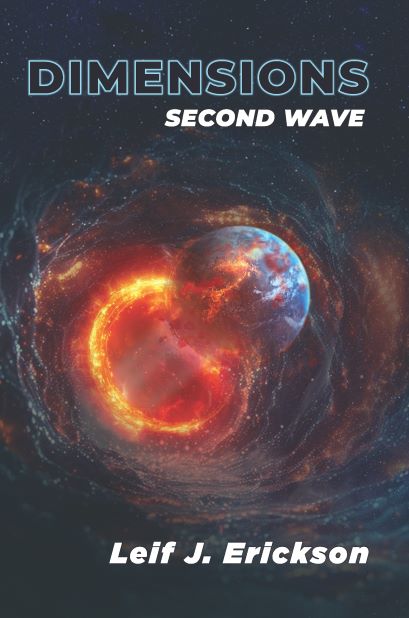
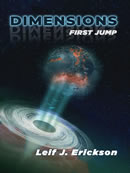
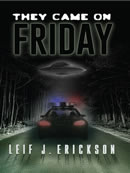
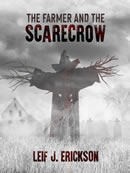
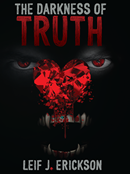

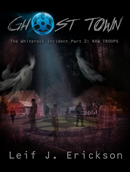
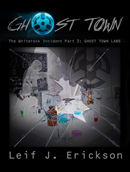

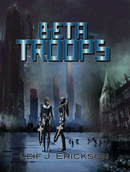







Leave a reply
You must be logged in to post a comment.